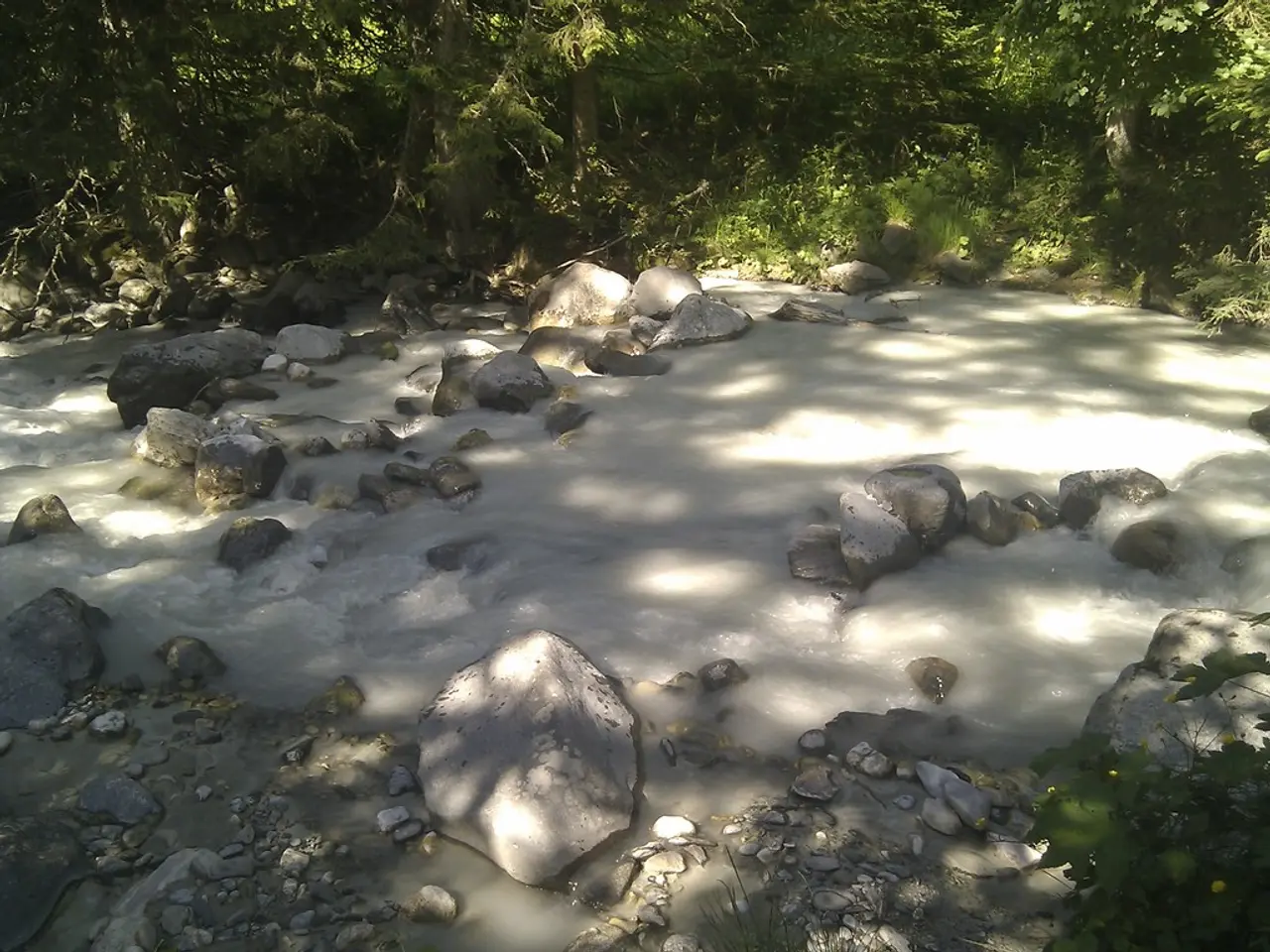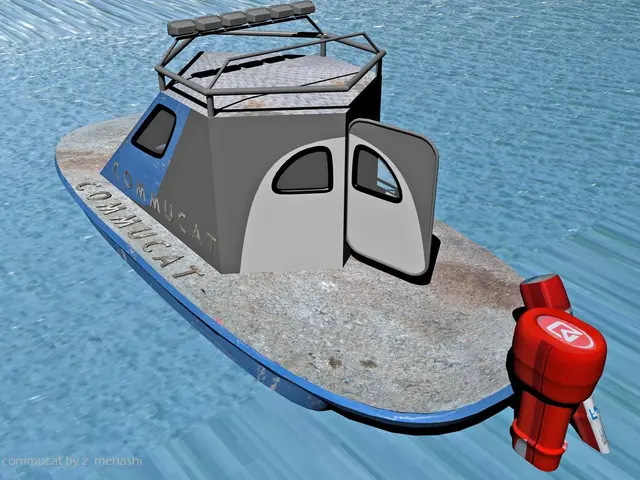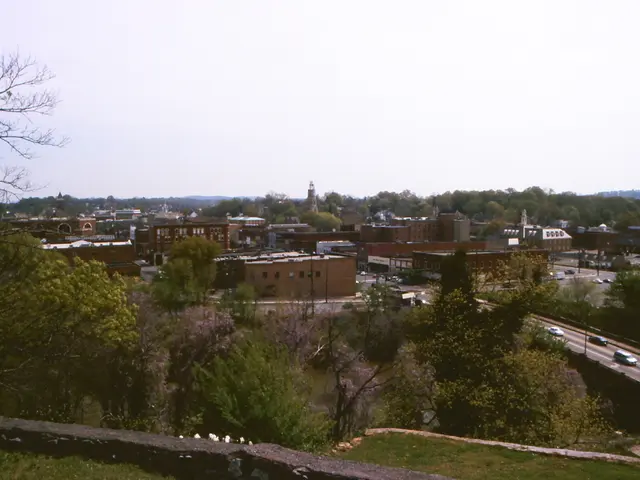Volcanic Willpower of Ijen in Indonesia Exhibits Blue Lava and Corrosive Lake Water
The Ijen volcano complex in East Java, Indonesia, is a unique and awe-inspiring natural wonder, famed for its electric blue lava and the turquoise acid lake that fills the main crater. Known as Kawah Ijen, this volcano is part of the UNESCO-listed "Ijen Biosphere Reserve" and is located at a tectonic boundary where the Sunda Plate meets the Australian Plate, making it a hotspot for intense geological activity.
The blue lava at Ijen is a result of the combustion of sulfur gas, which burns blue, surrounding the physical lava itself. This unusual sight is best viewed at night, when the intense blue flame creates a mesmerising spectacle. However, the beauty of the Ijen volcano complex is not just skin deep. The solid sulfur extracted from the volcano is used for various industrial and agricultural processes, and some of it is even turned into bright yellow ornaments.
Sulfur mining at Kawah Ijen occurs daily, with miners making the exhausting climb 1-2 times per day to extract sulfur from the crater. They carry heavy loads of sulfur, typically 70 to 90 kilograms (about 154 to 198 pounds), on their shoulders from the crater down to the base camp, working nearly every day to earn only around USD 17 to 20 per day.
The associated health hazards for sulfur miners are severe due to exposure to hot, toxic sulfur fumes emanating from the crater. Miners inhale harmful gases, which can cause respiratory problems and significantly shorten their life expectancy. Many miners work without proper protective equipment, although some tourists or researchers bring gas masks to share with them since they often do not fully understand the dangers of the sulfur gases.
The pH values of the Kawah Ijen crater lake can be as low as 0.5, similar to battery acid, due to the presence of sulfuric and hydrochloric acids and other minerals dissolved in the water. The lake's water is highly acidic, making it inhospitable to most life forms.
Despite the risks, the increasing number of tourists brings its own set of challenges. The influx of visitors can lead to terrain wear and unstable paths, worsening the working conditions for miners.
In summary, sulfur mining at Kawah Ijen is a gruelling, daily activity fraught with serious health risks primarily from toxic gas exposure. Visiting the Ijen volcano complex is best enjoyed from a distance due to the hazardous nature of the sulfur extraction process. Despite the hardships, the miners continue their work, extracting what is locally known as "Devil's Gold" from the heart of this extraordinary volcanic complex.
- The science behind the electric blue lava at Ijen involves the combustion of sulfur gas, a process that is also part of the fundamental research in environmental-science and geology.
- The lifestyle of the sulfur miners at Kawah Ijen is challenging, as they work in dangerous conditions, extracting sulfur used in various industries and for making ornaments, contributing to the local economy.
- The health of the miners is at risk due to the intense exposure to toxic sulfur fumes and acidic environment, shortening their life expectancy, making it a matter of significant concern for health care specialists.
- The environmental impact of increased tourism at Ijen includes terrain wear and unstable paths, worsening the working conditions for miners and posing challenges for preserving the beauty of this unique natural wonder, ultimately affecting the overall lifestyle of the community and the sustainable travel experiences.





